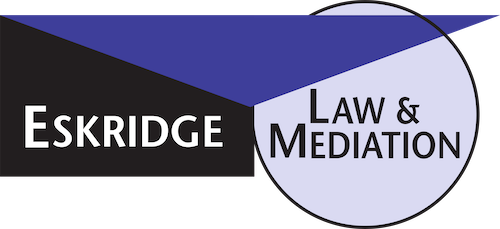July 11, 2019
What can you do to prevent age bias in the workplace? Older and experienced employees can be a valuable asset to your company. Unfortunately, age discrimination complaints are not uncommon. Here are some tips for creating a work environment free from age discrimination.
What are the applicable laws? Under Federal and California law, employees and applicants age 40 and older are protected from discrimination regarding the terms and conditions of their employment. The Federal Age Discrimination in Employment Act (ADEA) applies to employers with 20 or more employees. The California Fair Employment and Housing Act (FEHA) applies to all public employers. For discrimination claims, the FEHA applies to private employers with five or more employees. For harassment and/or retaliation cases, the FEHA applies to private employers with one or more employees.
Types of Age Discrimination: There are two ways an employee can show age discrimination.
- Disparate Treatment: The employee must prove that the employer intentionally discriminated because of the employee’s age. This can either involve discriminatory employment actions against the employee, or statements made by decision-makers that show they harbored stereotypes about older workers.
- Disparate Impact: Even if the employer does not intend to discriminate, there may be an age discrimination claim if a plan, policy, or decision has a disproportionately adverse effect on employees age 40 and over.
Exceptions to Age Discrimination Prohibitions: Actions that would otherwise be illegal may be allowed if the employer can show that the action was based on a legitimate reason.
- Reasonable Factor Other Than Age: Disparate treatment or policies that have a disparate impact may be permissible if they are based on a reasonable factor other than age. A business practice is based on a reasonable factor other than age when it is reasonably designed and administered to achieve a legitimate business purpose. Considerations relevant to this assessment include, but are not limited to: the business purpose, whether the factor was defined accurately, assessment of the adverse impact, and the degree of harm to individuals in the protected age group.
- Business Necessity: An employer may defend a disparate impact policy by showing that it is necessary for the safe and efficient operation of the business. This defense is weakened if there is a less discriminatory practice that would have served the same purpose equally well.
Practical Tips:
- Draft and enforce an effective anti-harassment policy.
- Communicate your policy and train employees regularly.
- Document legitimate reasons for your decisions to hire, promote, discipline, and terminate employees, and keep records of performance reviews.
- Use care in wording your job notices and ads. Avoid phrases that might potentially be used to screen out older applicants or that express a preference for younger workers.
- Avoid interview questions that might be used to determine a person’s age, even indirectly. You may, however, ask whether an applicant is the minimum legal age to work.
Need more information?
ESKRIDGE LAW may be contacted by phone (310/303-3951), by fax (310/303-3952) or by email (geskridge@eskridgelaw.net.) Please visit our website at eskridge.hv-dev.com.
This article is based on the law as of the date posted at the top of the article. This article does not constitute the provision of legal advice, and does not by itself create an attorney-client relationship with Eskridge Law.
